SUMMARY
This is AI generated summarization, which may have errors. For context, always refer to the full article.
![[OPINION] Church heritage is God’s story](https://www.rappler.com/tachyon/2024/04/church-heritage-april-26-2024.jpg)
Much has been said about cultural heritage in the Church – its legal ownership, its place in museums, or the return to its original location. As a student of Church heritage studies in Rome, I would like to contribute to this discussion by using two images: damnatio memoriae and transitus Domini.
‘Damnatio memoriae’
The ancient Romans had a practice called damnatio memoriae, where if the emperor wanted to erase an enemy from the records of history, he ordered all of that enemy’s images in paintings, sculptures, and even inscriptions to be removed. If you go to Rome and notice intentionally smashed or erased images, they may be a result of damnatio memoriae. To deface heritage means to erase history.
If you go to the Arcus Argentariorum right beside the church of San Giorgio al Velabro in Rome, you will see a beautiful arch in marble in honor of the family of Emperor Septimus Severus. Upon closer inspection, you will notice that some images were defaced or completely removed. When Caracalla, one of the sons of Severus, became emperor, he ordered his brother Geta, his wife Fulvia Plautilla, and father-in-law Gaius Fulvius Plautianus to be killed and their images to be erased from paintings and reliefs. Even the inscriptions of their names were deliberately erased from documents and marble epitaphs. Obliterating heritage is to erase history and memory.
Maybe we don’t need to go back to ancient Rome to see damnatio memoriae because it is still practiced today. We can see this in social media discourse everywhere. The deliberate “defacing” of people in films and social media would turn any hero into an enemy, and could reinstate an enemy as the hero. History suffers because of the attempt to reverse memory and heritage.
The increasing encroachment into heritage structures can, without us knowing it, be a process of damnatio memoriae. Imposing buildings that are allowed to be constructed near heritage edifices not only block their view but threaten their very existence. Important heritage churches in Manila such as Santa Ana Church, San Sebastian Church, and Quiapo Church are appealing for help to save them from huge condominiums that are built in dangerous proximity to them.
In the field of church heritage, wrong demolitions, awful restorations, and flimsy additions to our churches signal a certain blindness to history and heritage. Sometimes, renovations are done without proper consultation, all for the sake of imposing one’s identity and in the process, removing the shared history of the community.
Can we consider defacing churches and heritage sites as a form of damnatio memoriae?
‘Transitus Domini’
Pope Saint Paul VI, and later Pope Francis, describe the cultural heritage of the Church as transitus Domini – the passage of the Lord. Every manuscript, painting, sculpture, and architecture produced by the Church throughout history is a record of how God passed through our lives. Pope Saint Paul VI, a lover of arts and culture put it beautifully: “It is Christ who works in time, and it is He Himself, who writes His story, so that our pieces of paper are but echoes and vestige of this passage of our Lord Jesus in the world.”
Therefore, heritage is deeply rooted in history. Without understanding its origin, purpose, and context, heritage loses its meaning. And for Christianity, heritage is not just the story of our own genius or culture; it is about the story of God walking with His people. Illegally removing Church heritage could mean erasing the story of God and his people.
If heritage, in the eyes of faith, is centered on God’s story with His people, then, in the mind of the Church, its spiritual value takes priority.
In medieval Christendom, works of art in churches were not signed because in sacred art, it is not the artist who should be known, but God. The value, therefore, ascribed to heritage in the Church is not dependent on the name of the artist, or the value of the materials used, but rather that it is an instrument used for worship, to connect God and His people. The Boljoon pulpit panels, for example, hold extreme spiritual value to the people of Boljoon beyond their craftsmanship because they are connected to centuries of hearing God’s word from that particular liturgical space.
The selling or disposing of heritage, therefore, is far from the mind of the Church simply because they are an invaluable part of the history of the community walking with God. Once the community loses sight of the great spiritual value of the cultural heritage of the Church, it would be easy for them to see heritage as something negotiable.
What I would like to contribute to the conversation on Church heritage is what is often forgotten, and that is God and the community. Pope Saint Paul VI reminded those involved in heritage work that the love for archives and heritage should lead to loving Christ and having a sense of being Church. Forgetting that church heritage is God’s story would lead to erasing its meaning and purpose. Removing the community from the picture is to forget its true spiritual value and to abandon it to the decision of a few.
I pray that all this interest in heritage would lead us back to God and the Church, since all of these are but footprints of the transitus Domini, the passage of the Lord. – Rappler.com
Father Kali Pietre M. Llamado is a priest of the Archdiocese of Manila. An advocate of Church history and heritage, he is now taking his licentiate in cultural heritage of the Church at the Pontifical Gregorian University in Rome.
Add a comment
How does this make you feel?
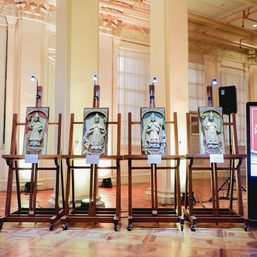

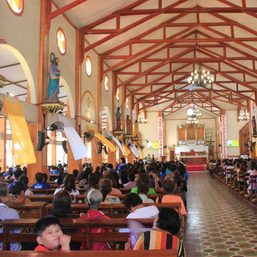
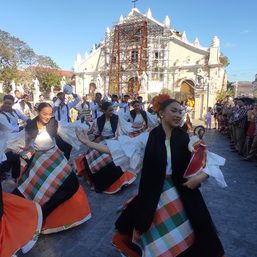
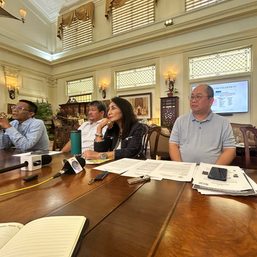
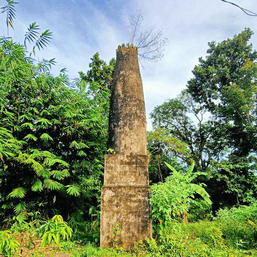

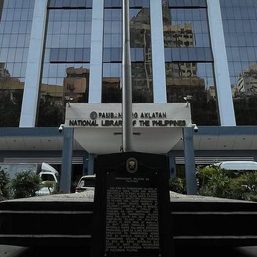
There are no comments yet. Add your comment to start the conversation.